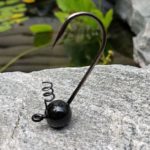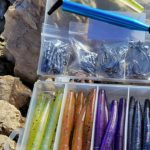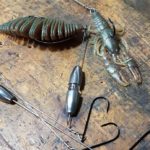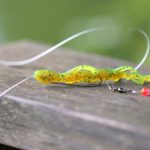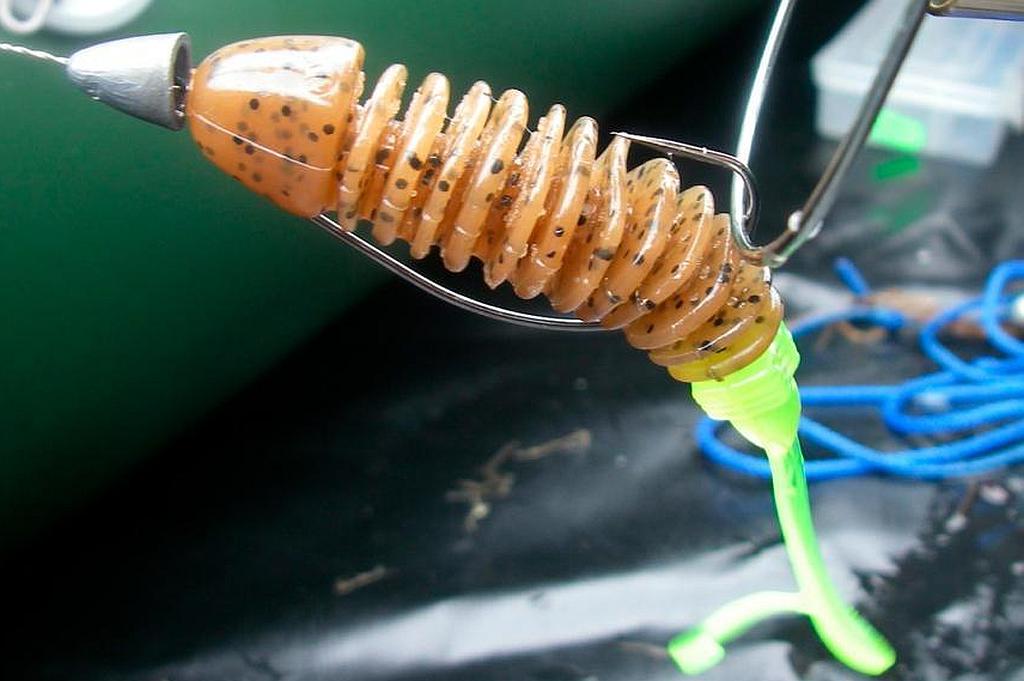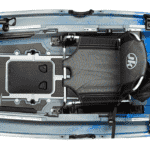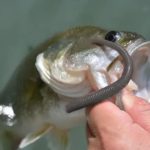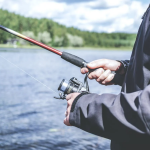Few finesse rigs can out-simplify the Shaky Head Rig. In this article we’ll look at this extremely popular rig, how to set it up, and how to fish it.
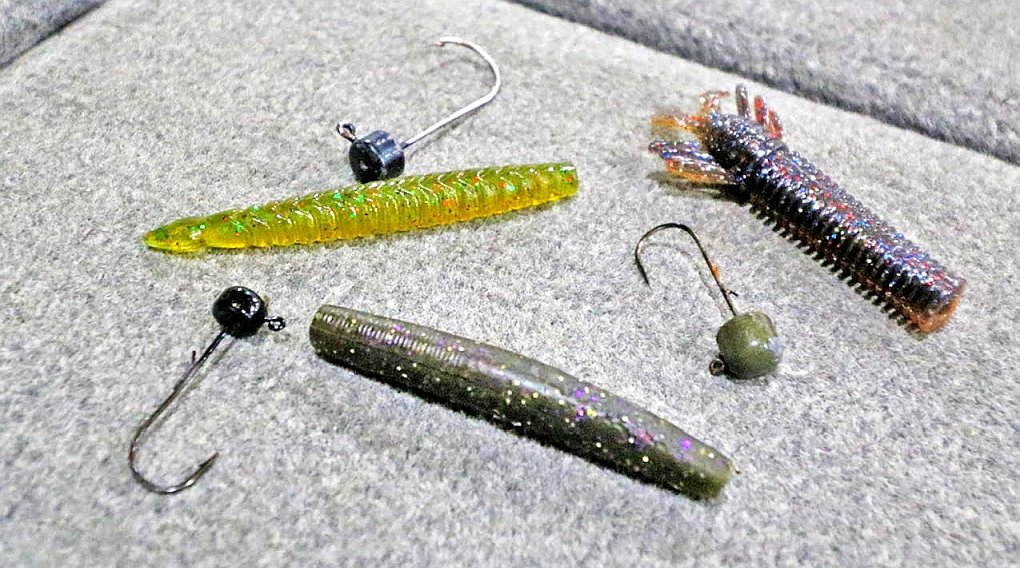
Among some of the most popular bass fishing rigs, the Ned Rig has become a go-to for anglers in recent years. Its simplicity and innovation makes it a wildly successful finesse fishing technique for tough conditions.
In this article we’ll take a closer look at the Ned Rig, see how to make one, and learn some tips and tricks on how to fish it.
What is the Ned Rig?
Originally developed by Ned Kehde, an angler out of the midwest, the Ned Rig consists of a small plastic rigged onto a mushroom head jig. These plastics are typically just a few inches long, with the originals simply being a senko cut in half.
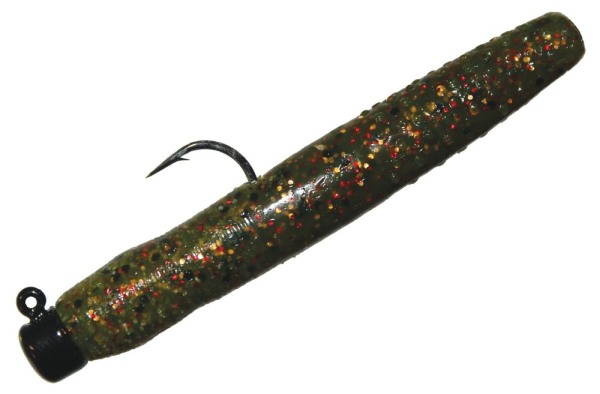
Why Use a Ned Rig?
Like many finesse techniques, Ned Rig fishing shines in difficult conditions or when bass become particularly picky.
Typically fished with light tackle, the Ned Rig itself is a small, unassuming looking lure. Unlike some giant texas rigged creature, or umbrella rig, these tiny rigs enter the water quietly and don’t cause nearly the amount of disturbance as some of your bigger lures.
Despite its’ simple looks, it mimics natural baits so effectively that bass almost always bite, assuming they’ve got an easy meal.
These can also be rigged weedless, allowing anglers to throw to fish holding in some of your thicker cover.
Parts of a Ned Rig
Honestly, there’s not a whole lot to the Ned Rig. Though there are some variations, the basics are a jighead, and a soft plastic.
Jighead
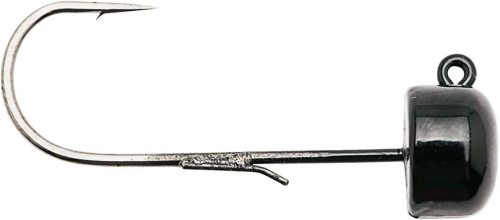
Jighead selection is pretty straightforward, with most commercially available heads being mushroom shaped or similar. The most basic and popular style being straight shanked like the Z-Man Finesse Shroomz Jig Head.
From there, variations exist to cater to exactly what type of fishing you’re doing. Some jig heads come in EWG hooks, making them the best choice for some of your larger diameter soft plastics.
Others come dressed like these Brian Schmidt Baits Ned Jig to give the bait more action, while some have perfectly flat heads to allow baits to stand up.
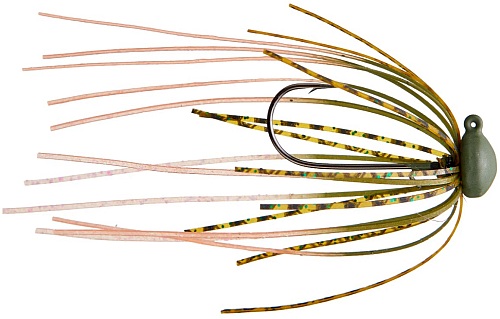
Consider the gauge wire on your hook as well. If you’re getting hits and failing to connect with the hook set, chances are the wire is too thick for the light tackle. Switching to a smaller gauge wire can really improve hook up rates.
How to Make a Weedless Ned Rig
Weedless ned rigs are extremely popular for tournament anglers. Be it an EWG jighead, or one with a simple weed guard, the ability to fish for bass in thicker cover is a no-brainer. Unless I’m specifically fishing an area where I know there’s no weeds, I almost always choose the weedless option.
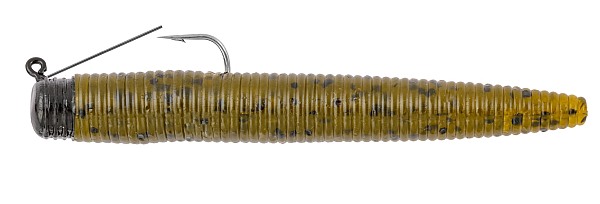
Keep in mind, however, that you’ll generally be fishing with light line. Hook sets will need to be a little softer than usual if you expect to pull fish out of vegetation and not break them off.
Soft Plastic Bait
Soft plastics for ned rigging can come in various shapes, but mostly follow a streamline pattern. Options range from craw patterns, to simple stick baits. The following are some of my personal favorites:
As with most lure selections, manufacturers offer these baits in a wide variety of colors. Be sure to match your colors in relation to water clarity.
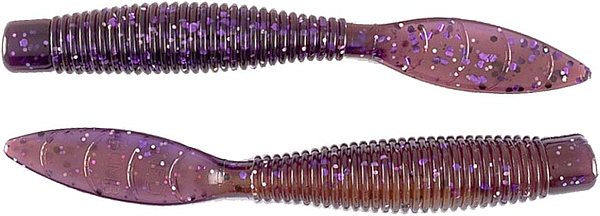
In stained or dirty water, I like to stick with darker colors like green pumpkin or black blue. In cleaner, clear water, lighter colors like smelt or pearl work great.
How to Set Up a Ned Rig
Setting up a Ned Rig is about as simple as the rig itself. Start with your bait of choice, be it a senko chopped in half, or any of the hundreds of Ned Rig specific mini baits commercially available.
I like to start with a ⅛-¼ oz jig head and thread my plastic bait flush to the jig head, ensuring it has a good hold on the hook. If you’re fishing weedless, check to make sure the weed guard is bent correctly or the EWG hook is secure in the bait.
Since this is a finesse technique, I’m typically sticking with light line. Though you could get away with a braided main line and a fluorocarbon leader, I prefer to just stick with solid fluorocarbon.
The bait is light, and if you’re targeting fish down deep, having a line that naturally sinks is really going to improve the rig’s effectiveness.
I’ll usually throw 6-8lb fluorocarbon when fishing this method and am a big fan of Seagar Red Label.
Ned Rig Rod and Reel
For most finesse fishing techniques I like to use spinning gear and ned rig fishing is no exception.
A medium light power with a fast or extra fast taper works great here. Since the rig is so light, I suggest sticking with at least a 7’ rod. The longer rod length ensures you can actually cast the rig and the sensitive tip is crucial for feeling bites.
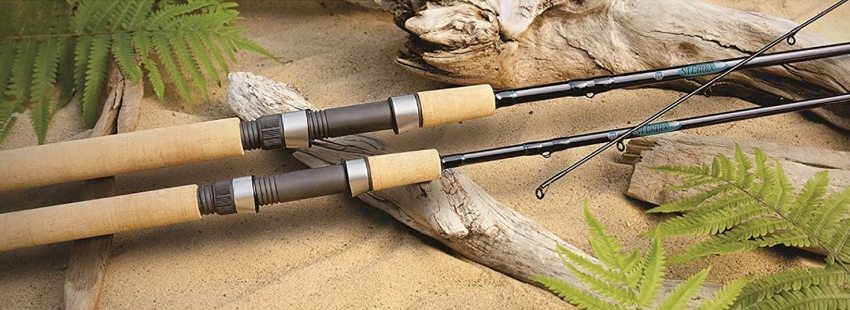
I personally like the St. Croix Premier spinning rod in 7’, medium light, fast action for this set up.
Reel selection isn’t nearly as important as rod choice. As long as you pair the reel size to the rod and line being used (make sure the spool can fit the amount of line you want), then you should be good to go.
How to Fish the Ned Rig
Ned rig fishing is often a slow, delicate style of fishing. Ideally fished from a boat, I like to start by throwing beyond where I think fish are holding.
I then allow the bait to sink while I watch my line. Although there isn’t much action to the rig, be prepared for bites as the bait falls. If bass are holding in the middle of the water column, it’s not a bad idea to occasionally twitch the rig as it falls.
Once on the bottom, I like to begin slowly dragging and lifting the bait as I retrieve it. Each lift will bounce the rig across rocks, debris, or vegetation.
The nice thing about the Ned Rig is that there’s almost no wrong way to fish it. Skip it, drag it, swim it, you name it. Many anglers like to drop it and treat it almost like a shaky head rig by shaking it across the bottom.
If you notice you’re not catching bass, consider lightening up your leader and potentially using a smaller jig hook. Play around with your gear set up and bait colors until the bite picks up.
When fishing tight to cover, I like to position the boat so that I can cast parallel to things like weed lines and allow the bait to work its way alongside it.
By rigging it weedless, I can target those bass that are cruising the edges of cover without constantly snagging vegetation.
When to Fish the Ned Rig
Although any time is a great time for it, Ned rig fishing really shines when the bass fishing gets tough or the fish are overpressured/finicky.
Crystal clear water on hot summer days, high pressure after a storm front, and even super cold winter days are all great times to break out the Ned rig.
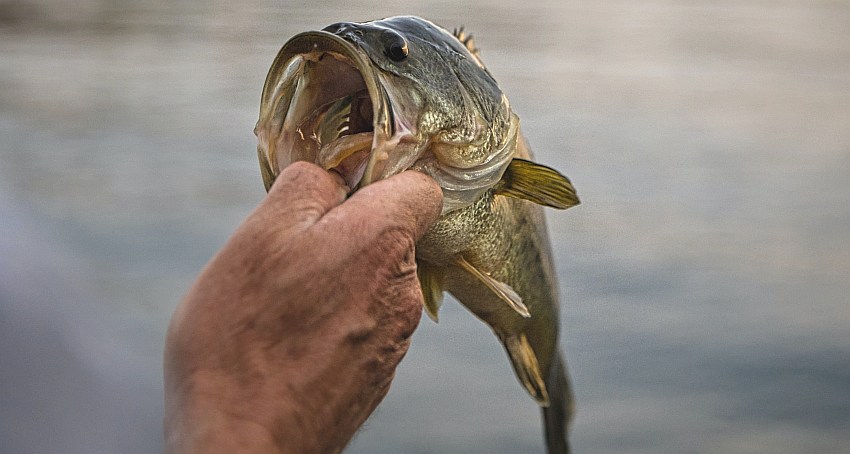
FAQ
The ned rig is great for targeting both largemouth and smallmouth bass when the fishing proves to be difficult. Be it poor weather conditions or overpressured fish, the ned rig can consistently put fish in the boat.
Thanks to variations in jig head sizes, Ned rig fishing can be done in a wide variety of depths. Most anglers focus on 5-20ft for a ned rig, but fishing upwards of 30+ ft isn’t unheard of.
Ned rigs consist of a small soft plastic threaded directly onto a mushroom shaped jighead. Texas rigs are generally much larger and have a weight that is threaded onto the line rather than connected to the hook itself.

